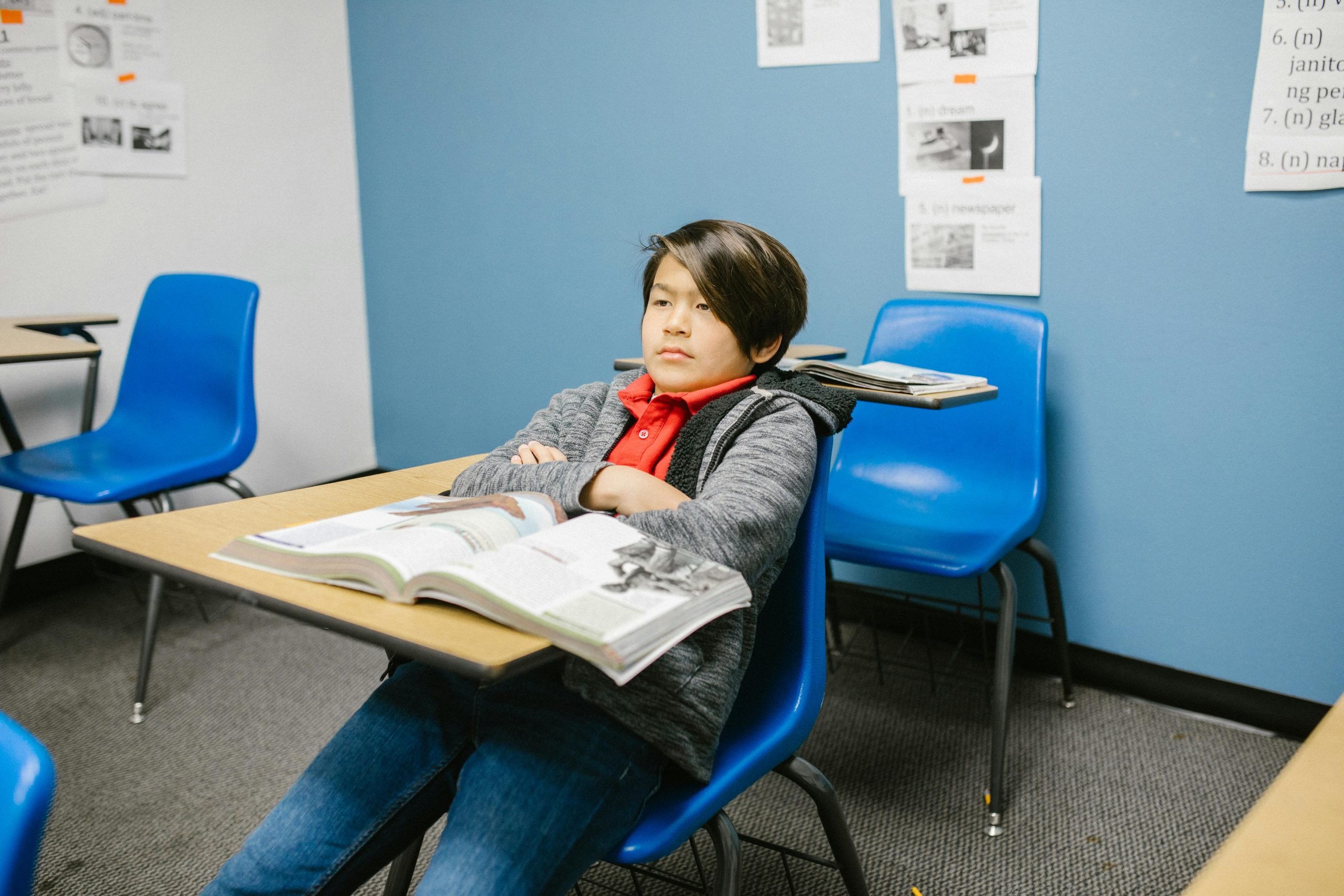Bullying Prevention: Creating Safe School Environments
Bullying is a widespread problem in schools, affecting millions of students every year. It can lead to a variety of negative consequences, including low self-esteem, depression, and even suicide. In order to create a safe and supportive learning environment, it is essential that schools take proactive steps to prevent bullying. By implementing effective bullying prevention strategies, schools can ensure the well-being and academic success of their students. In this article, we will explore the importance of creating safe school environments and discuss ways to prevent bullying.
The Impact of Bullying on Students
The effects of bullying on students can be devastating. Being a victim of bullying can lead to physical and mental health issues, social withdrawal, and poor academic performance. Students who are bullied may also experience feelings of fear, anxiety, and isolation, which can have long-term effects on their mental health.
In addition, students who bully their peers are more likely to engage in delinquent behavior and continue to exhibit aggressive behavior into adulthood. The negative impact of bullying not only affects the victims but also the bullies themselves, as well as the bystanders who witness the bullying.
Creating Safe School Environments
In order to prevent bullying, it is crucial for schools to create a safe and supportive environment for students. This involves fostering a positive school climate and building strong relationships between students, teachers, and staff. When students feel a sense of belonging and support within their school, they are less likely to engage in bullying behavior.
Developing a Comprehensive Bullying Prevention Program
A comprehensive bullying prevention program should be implemented in every school to effectively address the issue. This program should include clear policies and procedures for reporting and responding to bullying incidents, as well as strategies for promoting a positive school climate. Educating students, teachers, and parents about bullying prevention and intervention is also crucial.
Furthermore, it is important for schools to regularly assess their bullying prevention efforts and make any necessary improvements. By continuously evaluating and adjusting their approach, schools can ensure that their bullying prevention program is effective and meets the needs of their students.
Strategies for Bullying Prevention
1. Educate Students about Bullying
Many students may not fully understand what bullying is and how it can affect others. By providing education about bullying, schools can prevent students from engaging in this harmful behavior. Educators can use interactive lessons and activities to teach students about the different forms of bullying, how to recognize it, and what to do if they witness or experience it.
2. Encourage Students to Speak Up
Students should be encouraged to speak up when they witness bullying. Schools can create a safe and confidential reporting system, such as a bullying hotline or a designated staff member, where students can report incidents of bullying. This not only helps victims get the support they need but also holds the bullies accountable for their actions.
3. Promote Inclusivity and Respect
Creating a culture of inclusivity and respect is key to preventing bullying. Schools can organize activities and events that bring students from diverse backgrounds together, such as cultural celebrations and community service projects. These experiences can help students develop empathy and understanding for others, leading to a more positive school climate.
4. Provide Support for Students Involved in Bullying
It is important to acknowledge that students who bully their peers may also need support. Schools can work with these students to address the underlying reasons for their behavior and provide them with the necessary resources to improve their behavior. By addressing the issue early on, schools can prevent future incidents of bullying.
Conclusion
Bullying prevention is not only crucial for the well-being of students but also for creating a safe and positive learning environment. By implementing effective strategies and promoting a culture of respect and inclusivity, schools can prevent bullying and foster a supportive academic community for all students. Educating students and continuously evaluating prevention efforts are essential for creating lasting change and ensuring the safety and success of students in schools.










